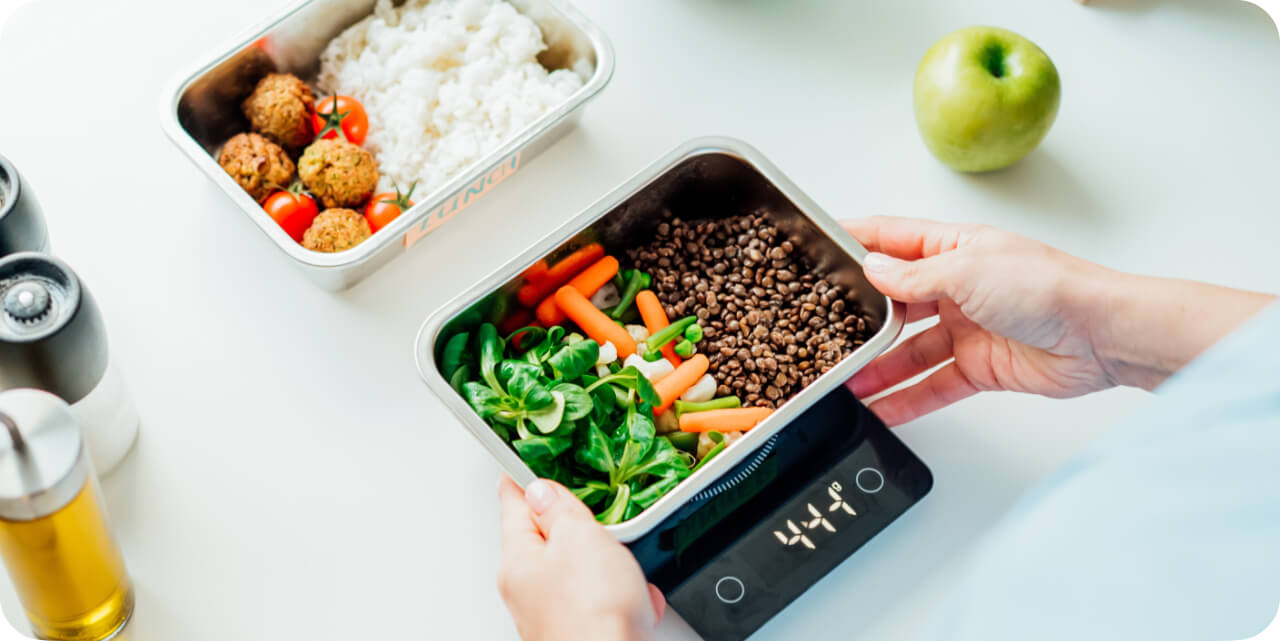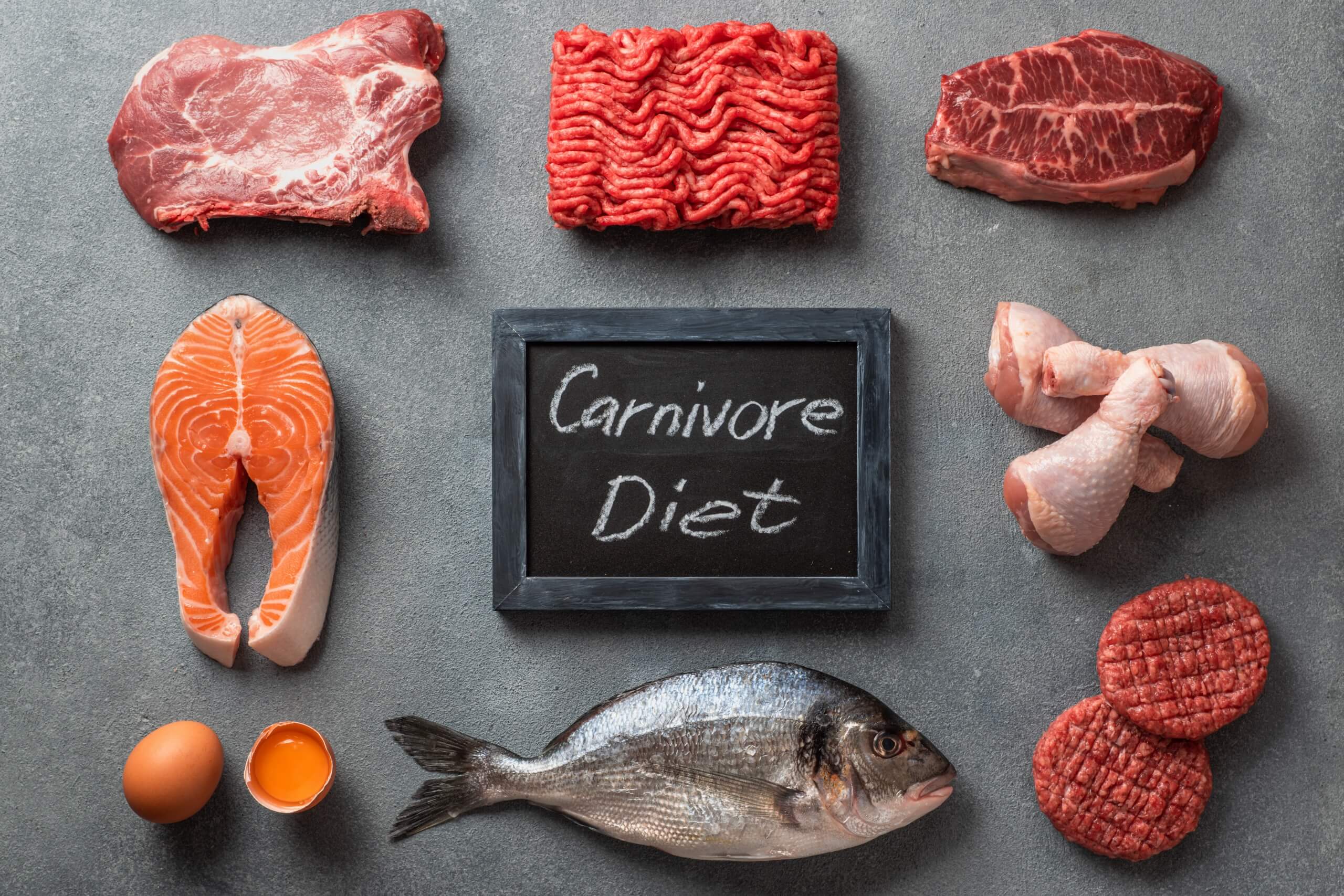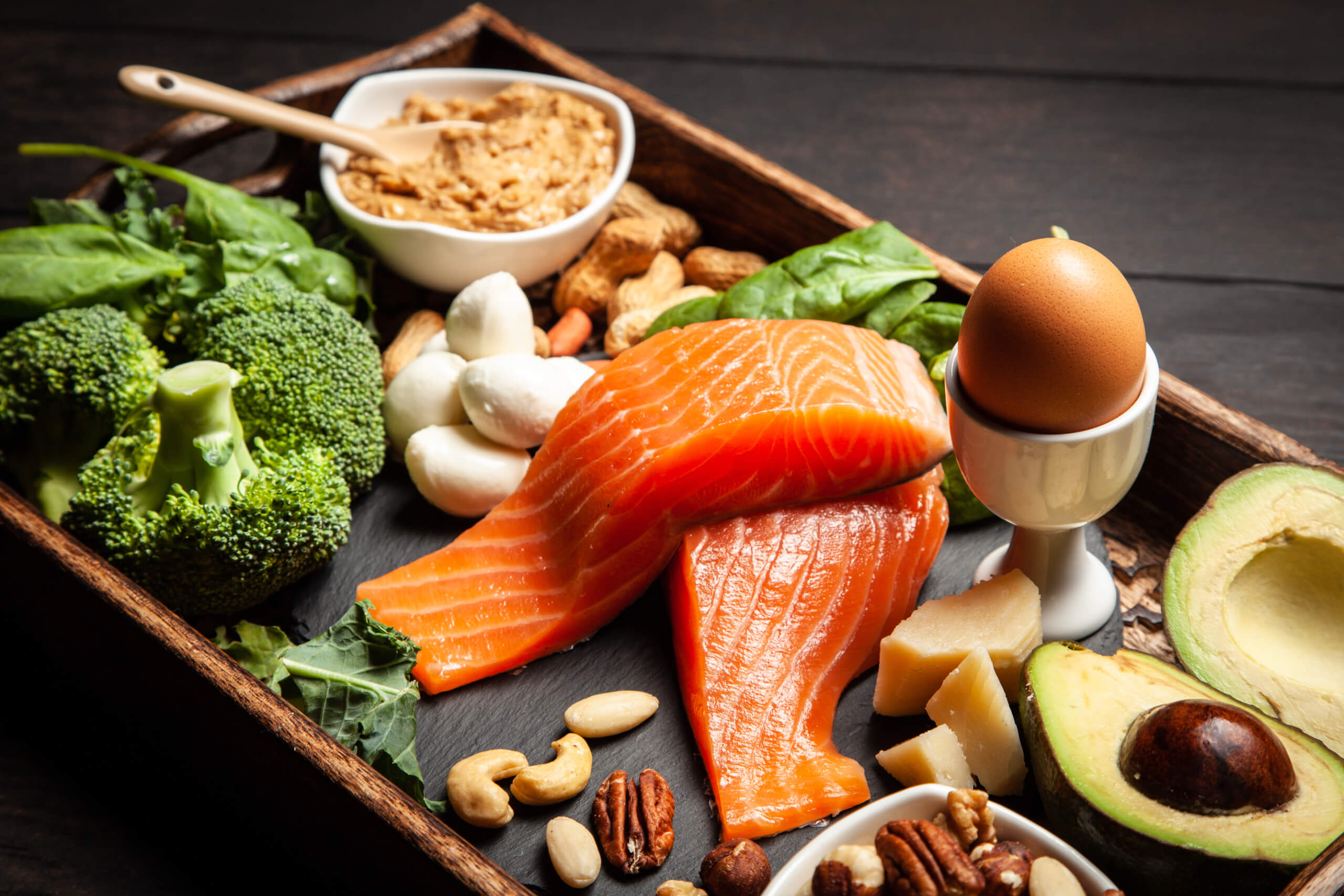In the quest for weight loss, understanding and managing your calorie intake is paramount. This comprehensive guide will navigate you through the process of counting calories effectively to shed unwanted pounds, supported by scientific insights and practical tips. Furthermore, discover how Hells Burner, a supplement enriched with Yohimbine HCL, can be a valuable ally in your weight loss journey.
Understanding Calories
Calories are the energy units found in food and beverages, essential for sustaining life and fueling physical activities. However, consuming more calories than your body burns leads to weight gain. Thus, to lose weight, creating a calorie deficit is crucial—consume fewer calories than your body requires.
Calculating Your Caloric Needs
1. Determine Your Basal Metabolic Rate (BMR)
Your BMR is the number of calories your body needs to perform basic life-sustaining functions. Use the Harris-Benedict Equation to estimate your BMR:
- For men: BMR = 88.362 + (13.397 x weight in kg) + (4.799 x height in cm) – (5.677 x age in years)
- For women: BMR = 447.593 + (9.247 x weight in kg) + (3.098 x height in cm) – (4.330 x age in years)
2. Adjust for Activity Level
Multiply your BMR by the appropriate activity factor to account for your daily physical activity:
- Sedentary (little to no exercise): BMR x 1.2
- Lightly active (light exercise/sports 1-3 days/week): BMR x 1.375
- Moderately active (moderate exercise/sports 3-5 days/week): BMR x 1.55
- Very active (hard exercise/sports 6-7 days a week): BMR x 1.725
- Extra active (very hard exercise/sports & physical job): BMR x 1.9
This adjusted number represents the total calories you need to maintain your current weight. To lose weight, create a deficit by consuming fewer calories than this number.
Tracking Calories for Weight Loss
1. Use a Food Diary
Documenting everything you eat and drink in a food diary can significantly enhance your awareness of your caloric intake and help you stay within your target calorie range.
2. Understand Food Labels
Reading and interpreting nutritional information on food labels is essential for accurate calorie counting. Pay attention to serving sizes and the number of servings per container.
3. Embrace Technology
Several apps and websites can simplify calorie counting by providing nutritional information for various foods and tracking your daily intake.
Incorporating Hells Burner
Adding Hells Burner to your regimen can further enhance your weight loss efforts. Containing Yohimbine HCL, a compound known for its fat-burning properties, Hell’s Burner can help boost your metabolism and fat loss when combined with a calorie-controlled diet and exercise program.
Balancing Macronutrients
While counting calories is vital, ensuring a balanced intake of macronutrients (proteins, fats, and carbohydrates) is equally important for healthy weight loss. Aim for a diet rich in whole foods, such as fruits, vegetables, lean proteins, and whole grains, while limiting processed foods and sugary drinks.
Staying Hydrated
Water plays a critical role in metabolism and helps fill you up before meals, potentially reducing your overall calorie intake. Aim for at least 8 glasses of water a day, more if you’re active or live in a hot climate.
Regular Exercise
Incorporating regular physical activity into your routine not only burns calories but also improves your overall health and well-being. Combine cardiovascular exercises with strength training to maximize fat loss and muscle preservation.
Conclusion
Counting calories is a proven strategy for weight loss, offering a clear framework for managing your diet. By understanding your caloric needs, tracking your intake, and incorporating supplements like Hell’s Burner, you can effectively create the calorie deficit required for weight loss. Remember, consistency and a balanced approach to diet and exercise are key to achieving and maintaining your weight loss goals.
Related Posts
16/07/2024
Carnivore Diet: How it Works, Risks, Benefits, Food List and More
The carnivore diet is a dietary approach that involves consuming only animal-based foods. Unlike many other diets that…
04/07/2024
Yohimbine HCL – Benefits, Dosage, and Side Effects
Yohimbine HCL has garnered attention in the health and fitness world for its potential benefits. Whether you're looking…
22/06/2024
8 Tips and Tricks How To Lose Weight
Losing weight can seem like an uphill battle, but with the right strategies, it's definitely achievable. Whether you're…
10/06/2024
Psychological Tips for Weight Loss: How to Stay Motivated
Weight loss is a journey that many embark on, but staying motivated can be a significant challenge. Motivation is…
29/05/2024
Yohimbe: Benefits, Dosage, Side Effects
Yohimbe is a name that often sparks curiosity due to its association with weight loss and sexual wellness. Derived from…
17/05/2024
Keto Diet: Myths, Facts, and Health Benefits
The keto diet, one of the most popular dietary trends, continues to garner attention for its dramatic weight loss…
05/05/2024
8 Fat Burning Foods For Weight Loss
Losing weight isn’t just about cutting calories—it’s about choosing the right foods that naturally support your body in…
23/04/2024
Yohimbine HCL UK 10mg 90 Capsules Benefits
Yohimbine HCL is a celebrated supplement known for its robust ability to promote fat loss and enhance sexual health. In…
11/04/2024
How to Lose Belly Fat?
Losing belly fat is a common goal for many people looking to improve their health and appearance. Excess abdominal fat…











